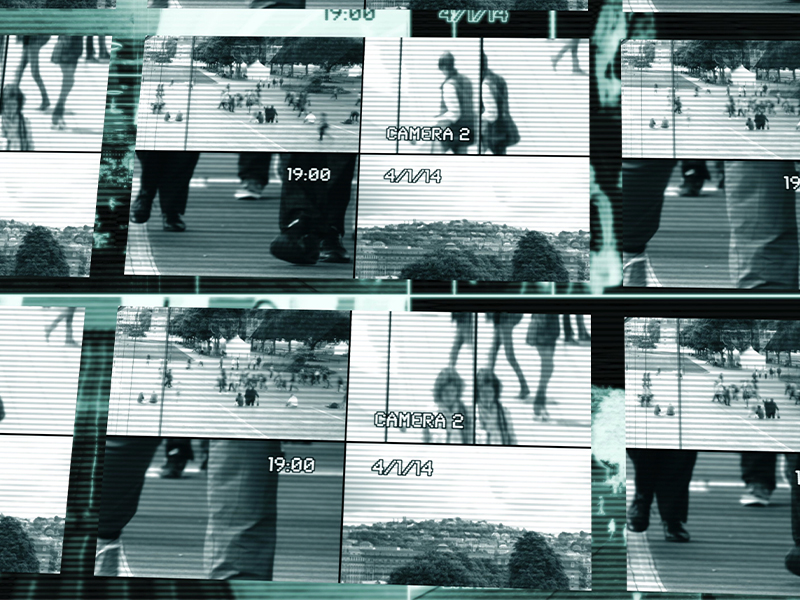The courtroom has long been a domain of spoken and written words. Witness testimonies, legal arguments, and judge’s instructions – all rely on the power of language to establish facts and persuade a jury. However, in recent years, video evidence has emerged as a powerful tool in civil trials, offering a unique perspective that can significantly impact the way cases are presented and decided.
This article explores the advantages of using video evidence in civil trials. We will examine how video can:
- Enhance Juror Comprehension: The human brain is wired to process visual information more effectively than text. Studies have shown that people retain information better when presented visually. Videos can bring complex scenarios to life, allowing jurors to visualize the events in question and gain a clearer understanding of the case.
For instance, in a product liability case involving a malfunctioning machine, a video depicting the malfunction in action can be far more impactful than a witness verbally describing the incident. Jurors can observe the sequence of events, the severity of the damage, and even the emotional reactions of those involved, fostering a deeper connection with the evidence.
- Capture Nonverbal Cues: Human communication goes beyond spoken words. Facial expressions, body language, and tone of voice all convey important information. Video evidence can capture these subtle nonverbal cues that can be crucial in assessing the credibility of witnesses and the veracity of their testimonies.
Imagine a witness in a personal injury case claiming emotional distress. While their spoken testimony may sound convincing, a video deposition might reveal inconsistencies in their demeanor or body language, raising questions about the genuineness of their claim. Conversely, a genuine display of emotional pain captured on video can significantly bolster the witness’s credibility.
- Preserve Witness Testimony: Memories fade over time, and the details of an event can become distorted. Video depositions taken soon after an incident can preserve witness testimony in its most accurate form. This is particularly beneficial in cases where trials are delayed due to scheduling conflicts or complex legal procedures.
By having a video record of the witness’s initial statement, inconsistencies between their deposition and later trial testimony can be easily identified. This not only aids in evaluating witness credibility but also protects against potential accusations of fabricated memories or coaching.
- Demonstrate Procedures and Standards: Civil lawsuits often involve technical concepts or complex procedures. Videos can be instrumental in visually demonstrating these aspects to a jury unfamiliar with the subject matter. For example, in a medical malpractice case, a video animation could depict the proper surgical procedure being performed, highlighting the alleged deviations from the standard of care committed by the defendant.
Similarly, in a construction defect case, video footage of industry-standard building practices can be used to contrast with the methods employed in the construction project in question. This visual representation simplifies complex concepts for jurors, allowing them to better understand the alleged wrongdoing.
- Elicit Emotional Response: While maintaining a neutral demeanor is essential in the courtroom, video evidence can evoke emotions in jurors that can resonate with the case. Security camera footage capturing a slip-and-fall accident, for instance, can vividly portray the pain and suffering of the injured party.
This emotional connection can be a powerful tool for the presenting attorney, helping jurors empathize with the plaintiff and potentially influencing their verdict. However, it is crucial to ensure that the video evidence is authentic and relevant to the case at hand, avoiding exploitation of emotions solely for manipulative purposes.
Challenges and Considerations
While video evidence offers undeniable advantages, it is not without its challenges. Here are some key considerations:
- Authentication: The authenticity of video evidence must be established before it can be admitted into court. This requires a proper chain of custody to be documented, ensuring the footage has not been tampered with.
- Editing: Video editing can be used to manipulate the evidence and mislead the jury. Judges are cautious about admitting heavily edited videos, and only portions relevant to the case are typically allowed.
- Cost: Producing high-quality video evidence can be expensive, particularly if expert analysis or animation is required. This necessitates a cost-benefit analysis to determine if the potential impact outweighs the production expenses.
- Technical Expertise: Presenting video evidence effectively requires technical expertise. Lawyers need to be comfortable playing the video, highlighting relevant portions, and ensuring smooth integration with their overall presentation.
Video evidence has become a powerful tool in the civil trial landscape. By enhancing juror comprehension, capturing nonverbal cues, and preserving witness testimony, video can significantly impact the presentation and outcome of a case. However, careful consideration must be given to the challenges of authentication, editing, cost, and technical expertise to ensure its effective and ethical use in the courtroom. As technology continues to evolve, video evidence is likely to play an increasingly important role in helping juries reach fair and well-informed decisions.





